Functional Training at Home
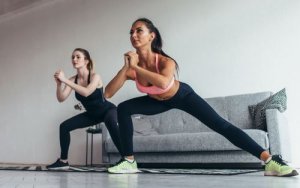
Functional training has become a favorite for many when it comes to staying healthy or improving athletic performance. Did you know you can do functional training at home?
Among the many benefits we present below, one of the best is that you can do functional training at home. This way, you can gradually adapt to it until you decide to start going to the gym.
Of course, you can also keep training from the comfort of your home for as long as you would like. Want to know more about functional training at home? We will tell you everything that you need to know.
The benefits of functional training
Before covering the exercises you can do at home, we have to cover their advantages. Functional training provides the following benefits:
- Helps strengthen muscles using natural and day-to-day movements.
- Improves stability and posture since it works the core, which is made up of your abdominals and lower back.
- Significantly improves your aerobic fitness.
- Can be adjusted according to your goals.
- Low risk of injury while doing them. However, it is very useful for preventing injuries in other settings.
- Results can be seen quickly since it burns a lot of fat and calories.
- Your body itself is the center of your routine, which also tends to be easy to get the hang of.
- You can work at your rhythm according to your abilities.
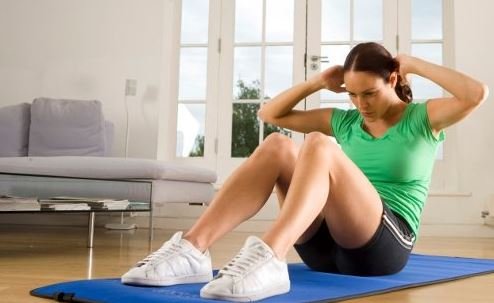
How to do functional training at home
Generally, functional training circuits involve a high amount of effort in a short time span. Therefore, in addition to being able to do them at home, they do not require a lot of time to see results.
Below are examples of functional training exercises you can do at home.
1. Burpees
These are the best functional training exercise. Burpees work many muscles at once. It involves dropping your body to the ground with your torso and legs stretched out. Your point of support is the palm of your hands and the tip of your feet.
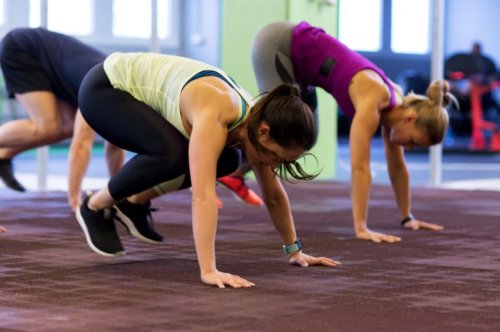
To return to the starting position, bring your feet as close to your hands as possible. Lift yourself by jumping up. Burpees require a lot of aerobic capacity.
2. Squats
Squats are another classic. They work your legs by using your body weight. It is crucial that you keep your back straight when you lower your hips behind your knees.
With time, you will be able to make squats more difficult. One option is to come back up with a slight jump. You could also do pistol squats, which are more complicated. They involve extending a leg outwards while squatting with the other.
3. Planks
You can do planks straight, to the side, with your feet spread apart, with the palm of your hands or with your forearms. There are so many variations and all of them are just as beneficial. Planks are an efficient way to target your abs. They are, without a doubt, an indispensable part of a doing functional training at home.
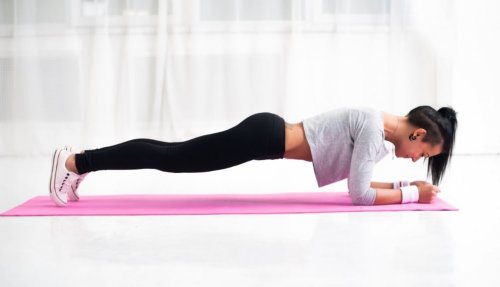
4. Push-ups
Push-ups are amazing for working your chest and arms. They are the classic exercise that we all hated in high school. Despite being a basic exercise, it is a favorite for using body weight as a workout tool.
You can also do lateral push-ups, where you move from side to side. The process is almost the same: do a normal push-up and, once your arms and legs are extended, step over to the side before dropping again.
5. Lunges
Lunges are another well-known functional training exercise. Start with your arms at your waist or with dumbbells in your hands to add weight. Bring one foot forward and bend your knees. The leg in front of you should support you, while the other knee touches the floor.
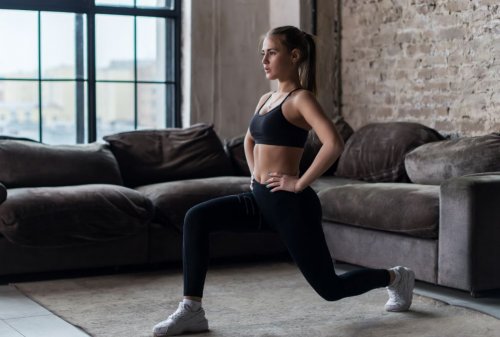
6. Deadlifts
With a medicine ball or kettlebell, you can perform deadlifts just like you would at the gym. The advantage of this exercise is that it simulates the movement you make when for example, you lift a box from the floor.
It is important that you keep your back straight during this exercise. What’s more, you should look straight ahead, making sure that your legs are doing all the work, and not your waist.
With these simple exercises, you can start doing functional training at home and stay active every day. All you need is enough space and a few minutes every day. What are you waiting for? Get moving!
Functional training has become a favorite for many when it comes to staying healthy or improving athletic performance. Did you know you can do functional training at home?
Among the many benefits we present below, one of the best is that you can do functional training at home. This way, you can gradually adapt to it until you decide to start going to the gym.
Of course, you can also keep training from the comfort of your home for as long as you would like. Want to know more about functional training at home? We will tell you everything that you need to know.
The benefits of functional training
Before covering the exercises you can do at home, we have to cover their advantages. Functional training provides the following benefits:
- Helps strengthen muscles using natural and day-to-day movements.
- Improves stability and posture since it works the core, which is made up of your abdominals and lower back.
- Significantly improves your aerobic fitness.
- Can be adjusted according to your goals.
- Low risk of injury while doing them. However, it is very useful for preventing injuries in other settings.
- Results can be seen quickly since it burns a lot of fat and calories.
- Your body itself is the center of your routine, which also tends to be easy to get the hang of.
- You can work at your rhythm according to your abilities.

How to do functional training at home
Generally, functional training circuits involve a high amount of effort in a short time span. Therefore, in addition to being able to do them at home, they do not require a lot of time to see results.
Below are examples of functional training exercises you can do at home.
1. Burpees
These are the best functional training exercise. Burpees work many muscles at once. It involves dropping your body to the ground with your torso and legs stretched out. Your point of support is the palm of your hands and the tip of your feet.

To return to the starting position, bring your feet as close to your hands as possible. Lift yourself by jumping up. Burpees require a lot of aerobic capacity.
2. Squats
Squats are another classic. They work your legs by using your body weight. It is crucial that you keep your back straight when you lower your hips behind your knees.
With time, you will be able to make squats more difficult. One option is to come back up with a slight jump. You could also do pistol squats, which are more complicated. They involve extending a leg outwards while squatting with the other.
3. Planks
You can do planks straight, to the side, with your feet spread apart, with the palm of your hands or with your forearms. There are so many variations and all of them are just as beneficial. Planks are an efficient way to target your abs. They are, without a doubt, an indispensable part of a doing functional training at home.

4. Push-ups
Push-ups are amazing for working your chest and arms. They are the classic exercise that we all hated in high school. Despite being a basic exercise, it is a favorite for using body weight as a workout tool.
You can also do lateral push-ups, where you move from side to side. The process is almost the same: do a normal push-up and, once your arms and legs are extended, step over to the side before dropping again.
5. Lunges
Lunges are another well-known functional training exercise. Start with your arms at your waist or with dumbbells in your hands to add weight. Bring one foot forward and bend your knees. The leg in front of you should support you, while the other knee touches the floor.

6. Deadlifts
With a medicine ball or kettlebell, you can perform deadlifts just like you would at the gym. The advantage of this exercise is that it simulates the movement you make when for example, you lift a box from the floor.
It is important that you keep your back straight during this exercise. What’s more, you should look straight ahead, making sure that your legs are doing all the work, and not your waist.
With these simple exercises, you can start doing functional training at home and stay active every day. All you need is enough space and a few minutes every day. What are you waiting for? Get moving!
This text is provided for informational purposes only and does not replace consultation with a professional. If in doubt, consult your specialist.








